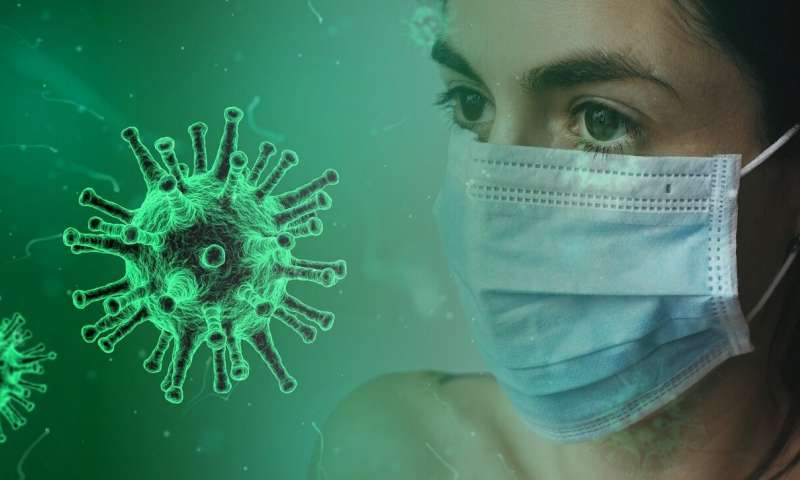Replication of SARS-CoV-2, the virus responsible for COVID-19, depends on a series of interactions between viral proteins and different cellular partners such as nucleic acids (DNA or RNA). Characterizing these interactions is crucial to elucidate the process of viral replication and identify new drugs for treating COVID-19.
An interdisciplinary consortium of scientists from the Institut Pasteur, the Ecole Polytechnique, the Institut Curie, Inserm, the CNRS and the universities of Paris, Paris-Saclay, Bordeaux and Toulouse have demonstrated a specific interaction between a domain of a SARS-CoV-2 protein (Nsp3) and unusual DNA or RNA structures known as G-quadruplexes or G4s. “Using a broad range of experimental approaches, we characterized this interaction and revealed that this Nsp3 protein domain has a clear G4 propensity. We also showed that G4 ligands [chemical compounds that bind with G4s] prevent this interaction,” explains Marc Lavigne, a scientist in the Department of Virology at the Institut Pasteur and coordinator of the G4-Covid19 project. These results were recently published in Nucleic Acids Research.
Potential therapeutic application patented
Alongside this study, some G4 ligands were developed by the co-authors of the article. In a cellular system reproducing SARS-CoV-2 infection, the Institut Pasteur (Marc Lavigne, Hélène Munier-Lehmann, Jeanne Chiavarelli and Björn Meyer) demonstrated that these ligands, which prevent interaction between the SARS-CoV-2 protein and the G4 structure, exhibit antiviral activity.
These results pave the way for the use of G4-binding molecules as potent antiviral compounds (European patent 20 306 606.3 and Institut Pasteur DI 2020-59) and confirm the choice to target host-virus interactions in antiviral strategies.
The project received financial support from the Institut Pasteur (via the exceptional COVID-19 program, funded in part by donations), the French National Research Agency (ANR-Flash-Covid) and own funding from the various laboratories involved. It also involved the participation of several of the Institut Pasteur’s technological platforms (PF-BMI, PF-3PR and PF-CCB).
Pasteur Institute


